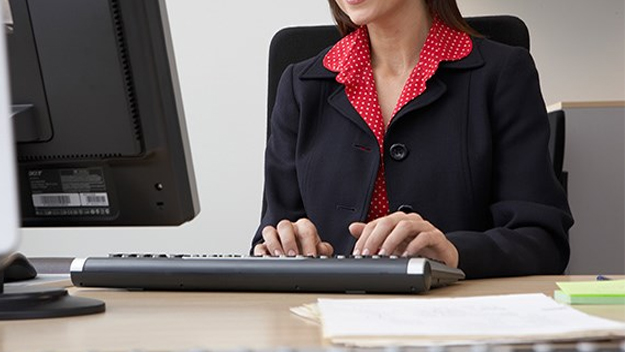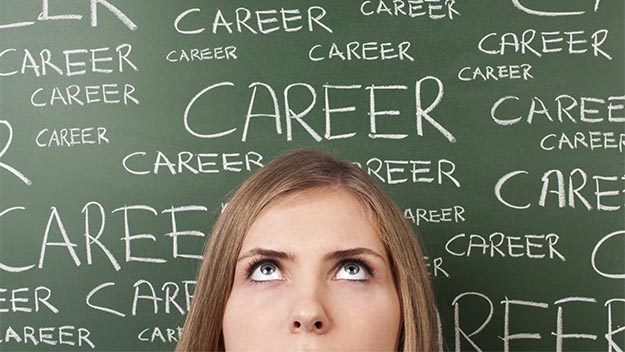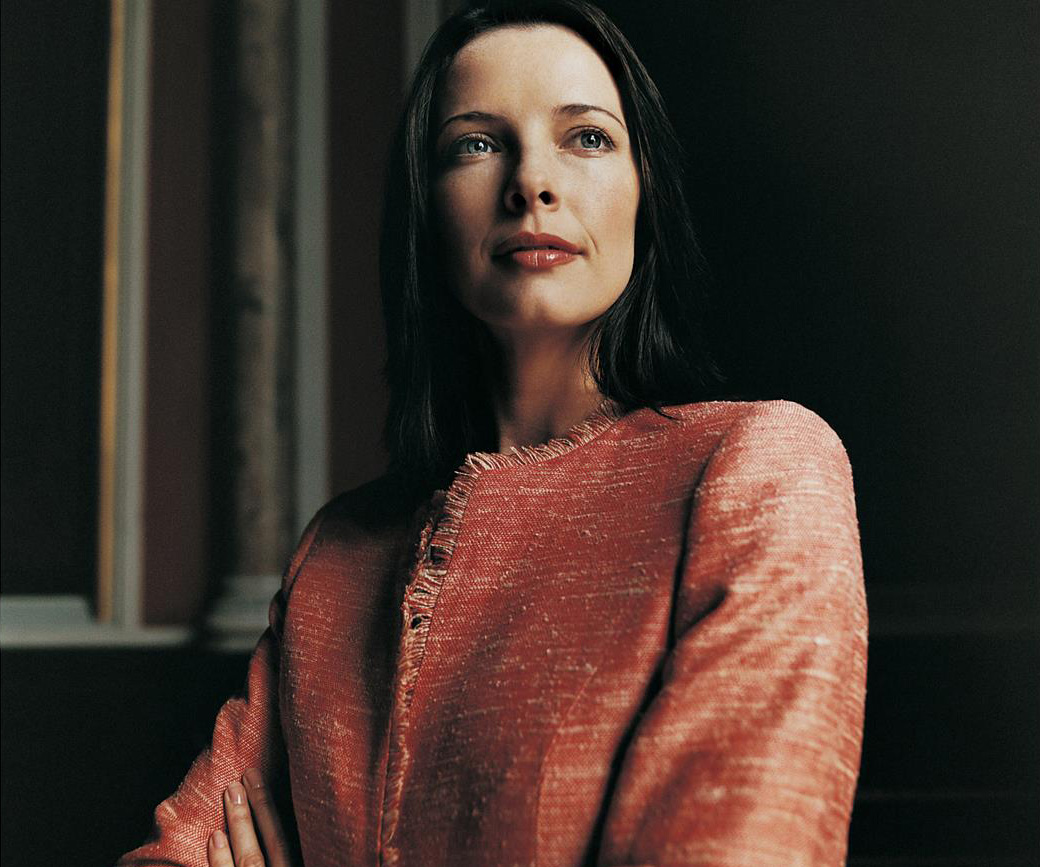The data collected by the Workplace Gender Equality Agency found that 73.7 per cent of organisations have never done a gender pay gap analysis, and less than one in five have completed a gender pay gap analysis in the past 12 months.
Of those organisations that haven’t done a gender pay gap analysis, the most common reasons were because pay is set by awards or industrial agreements, or because they pay ‘market rates’.
Organisations in the finance and insurance services sector were the most likely to have undertaken a gender pay gap analysis, followed by public administration and safety; and mining. But organisations in the education and training, accommodation and food services; and healthcare and social assistance industries were the least likely to have examined the pay of male and female employees.
Only 31 per cent of those organisations that did conduct a gender pay gap analysis took action to address the gender pay gaps identified.
Helen Conway, director of the Workplace Gender Equality Agency, said there is a widespread lack of awareness of how gender bias can impact a workplace and that employers must establish a plan to eliminate the pay gap.
“Most leaders genuinely believe they pay people in their organisation fairly, but without examining their payroll data they simply don’t have the evidence to back that up,” Ms Conway said.
“Employers who analyse their data tell us they always find instances of pay gaps that can’t be explained or justified; at least the first time the analysis is conducted, and so they take corrective action to fix imbalances and develop action plans to address the root causes.”
In response to the findings, the WGEA has launched a campaign to raise awareness and understanding of the importance of pay equity in workplaces.
Thirty chief executives have been appointed as campaign ambassadors, including ANZ CEO Mike Smith, Microsoft CEO Pip Marlow and Network Ten’s Hamish McLennan.
“The leaders who are doing this work know they can’t attract and retain the best people and drive workplace productivity if there’s any unfairness or perception of unfairness in their workplaces. It just makes business sense,” Ms Conway said.
In May 2014, the gender pay gap stood at 18.2 per cent – the worst in 10 years. According to the Australian Bureau of Statistics, the average weekly ordinary time earnings of women working full-time are $1,275.90 per week, compared to men who earn an average weekly wage of $1,559.10 per week.
The WGEA has developed a gender pay gap calculator on their website to help employers address pay equity.


